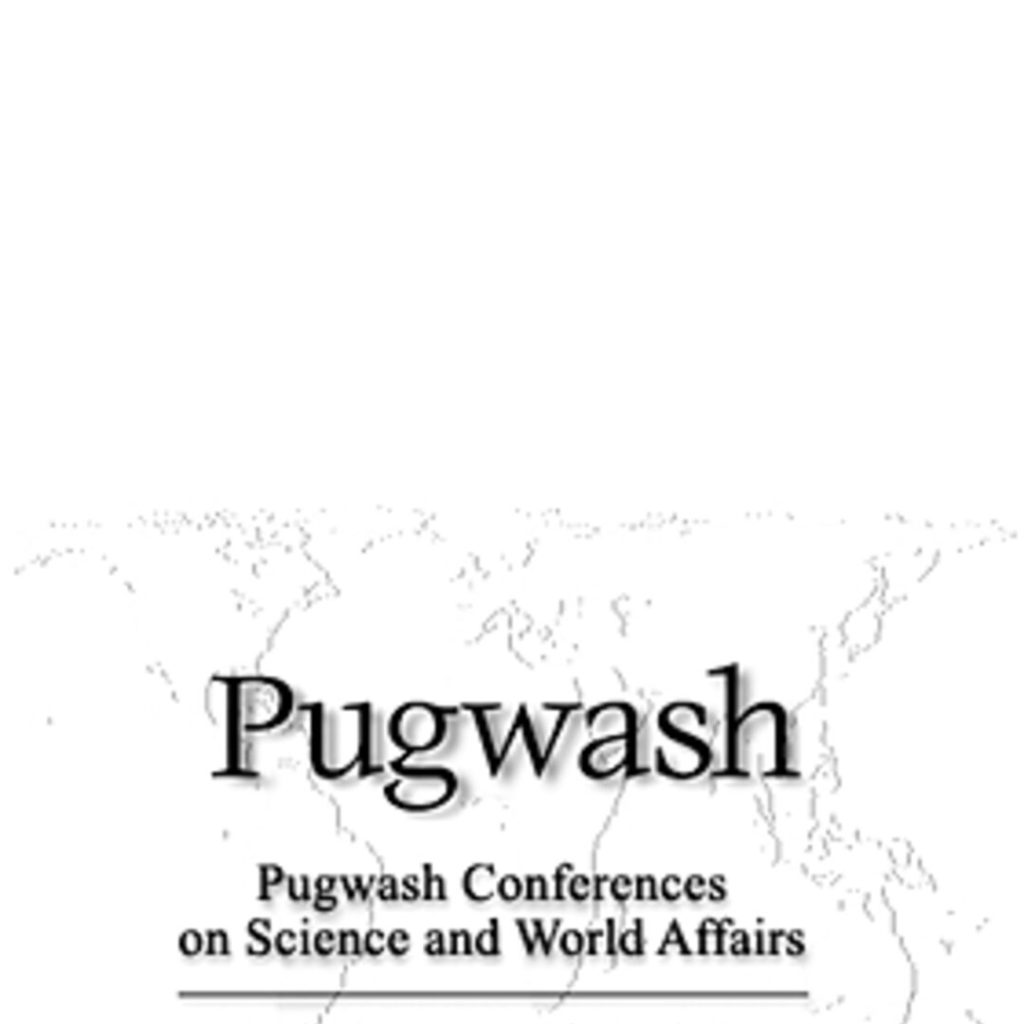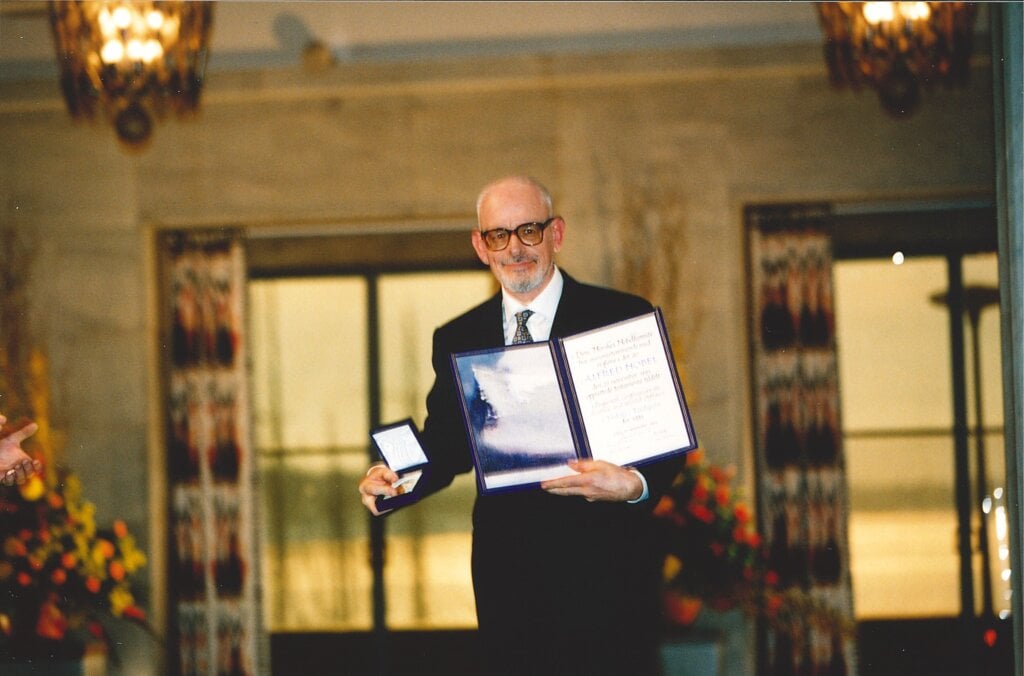Pugwash Conferences on Science and World Affairs
Speed read
The Pugwash Conferences on Science and World Affairs was awarded the Nobel Peace Prize, jointly with Joseph Rotblat, for their efforts to diminish the part played by nuclear arms in international politics.

Full name: Pugwash Conferences on Science and World Affairs
Native name: Pugwash Conferences on Science and World Affairs
Founded: 1957, Pugwash, Canada
Date awarded: 13 October 1995
Reducing the role of nuclear weapons in international politics
The aim of the Pugwash Conferences is to reduce the role of nuclear weapons in international politics. Albert Einstein and mathematician/philosopher Bertrand Russell were the front figures, and their 1955 manifesto against weapons of mass destruction prompted the first conference held in Pugwash, Canada, in 1957. Canadian businessman Cyrus Eaton, an enthusiastic supporter of the manifesto, financed the first international conference of independent scientists in his hometown of Pugwash. All in all, 37 conferences had been held by the time the Nobel Prize award ceremony took place in 1995. During the Cold War, the Pugwash movement channelled information between communist Eastern bloc countries and Western democracies. Members played a key role behind the scenes in the drafting of nuclear test-ban and non-proliferation treaties.
"The Conferences are based on the recognition of the responsibility of scientists for their inventions. They have underlined the catastrophic consequences of the use of the new weapons. They have brought together scientists and decision-makers to collaborate across political divides on constructive proposals for reducing the nuclear threat."
Norwegian Nobel Committee, Announcement, 1995.
| Atom bomb A bomb that explodes when its nuclei of uranium or plutonium atoms are split, triggering an extremely rapid nuclear chain reaction (fission). Developed in the USA during WWII. The first atom bombs – “Fat Man” and “Little Boy” – were used against Japan in August 1945. |

"The mission of the Pugwash Conferences on Science and World Affairs is to bring scientific insight and reason to bear on threats to human security arising from science and technology in general, and above all from the catastrophic threat posed to humanity by nuclear and other weapons of mass destruction."
From the Pugwash Mission Statement, August 2002.
The 1957 Conference
The Russell-Einstein Manifesto led to the first Conference in Canadian industrialist Cyrus Eaton’s hometown of Pugwash, Nova Scotia. Eaton paid the participating scientists’ travel and accommodation expenses on the condition that they would remain fully independent and speak their minds. Bertrand Russell was given the task of organising the conference. The first Conference had 22 participants from ten countries, including the USA, the Soviet Union, the United Kingdom, France and China. After the meeting, a declaration was issued confirming the escalating threat from nuclear weapons. In light of this situation, science had an inherent responsibility to society.
| Russell-Einstein Manifesto Made public in London in 1955. Warned of the threat to humanity posed by nuclear arms build-up and advocated the peaceful resolution of disputes. Signed by 11 renowned scientists and philosophers. |
Working unobtrusively
The Pugwash Conferences are more than discussion groups for scientists. Many claim that the movement and its members have played a pivotal role behind the scenes in encouraging super-power leaders to end the Cold War. The movement has also had influence on the drafting of international agreements. For example, in connection with the 1963 nuclear test-ban treaty, peace laureate Linus Pauling (USA) exerted pressure on the two main parties. Many also link Pugwash to the 1968 nuclear non-proliferation treaty, the 1972 ABM Treaty and the 1993 Convention on Chemical Weapons.
| ABM Treaty Anti-Ballistic Missile Treaty. A 1972 treaty between the USA and Soviet Union limiting the Superpowers’ ABM systems, which were designed to defend against a nuclear attack. The purpose of the treaty was to limit the development of weapons that could defeat this type of defence system. |
"A Peace Prize for the future."
Erik Strøm in the Norwegian periodical 'Hvor hender det?' 15, 1995.
Learn more
The purpose of the Pugwash Conferences is to bring together, from around the world, influential scientists, scholars and public figures concerned with reducing the danger of armed conflict and seeking cooperative solutions for global problems ...
Disclaimer: Every effort has been made by the publisher to credit organisations and individuals with regard to the supply of photographs. Please notify the publishers regarding corrections.
Nobel Prizes and laureates
Six prizes were awarded for achievements that have conferred the greatest benefit to humankind. The 14 laureates' work and discoveries range from quantum tunnelling to promoting democratic rights.
See them all presented here.
